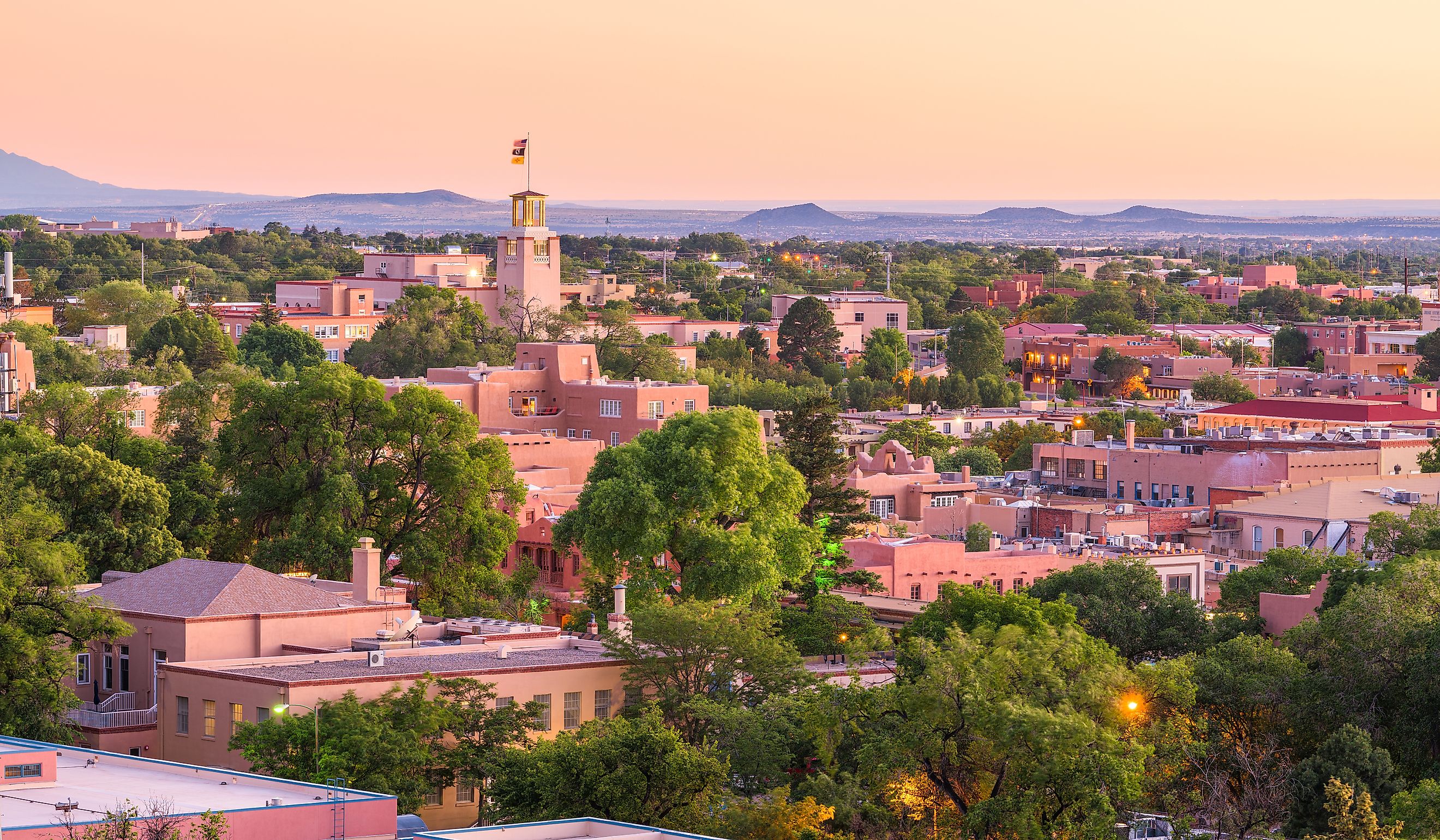
This New Mexico City Is A Gem For Nature Lovers
Known as ‘the dancing ground of the sun’ by its earliest Native American inhabitants, Santa Fe is truly one of a kind. The highest and oldest capital city in the US, this unique New Mexico town is perched 7,200 ft above sea level at the southernmost tip of the Rocky Mountains.
Santa Fe has a reputation as a historic destination with a thriving arts and cultural scene, but it’s less well-known as an outdoor adventurer’s paradise. With around 325 days of sunshine a year and stunning high desert landscapes, this hidden gem is an all-season must-see for nature lovers. From hiking and biking to fishing and river rafting, there’s so much to do outdoors in Santa Fe you won’t want the sun to go down.
A Hidden Gem
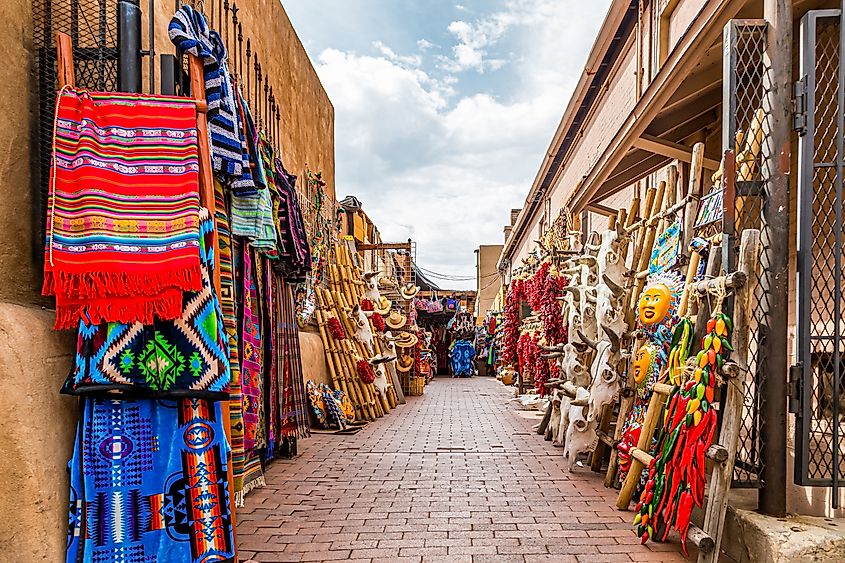
Santa Fe is primarily known as a cultural destination, the kind of city break where you can visit historic sites, wander through galleries, or pick up a one-of-a-kind piece of folk art. The city was the first in the US to be designated a Creative City in 2005 and is now a UNESCO-designated City of Craft and Folk Art.
With all this attention on its artistic jside, visitors risk missing Santa Fe’s other big selling point — its natural environment. With a population of just under 90,000, Santa Fe is a relatively small city with a quiet atmosphere, zero crowds, and plenty of untapped natural beauty on its doorstep.
Nestled in the Sangre de Cristo Mountains, the city is deep in the Rio Grande Valley, surrounded by acres of dense national forest, which makes it ideal for a tranquil retreat where you can get active, try new outdoor experiences, or simply spend time in nature.
Exploring the Great Outdoors in Santa Fe
Parks and Green Spaces
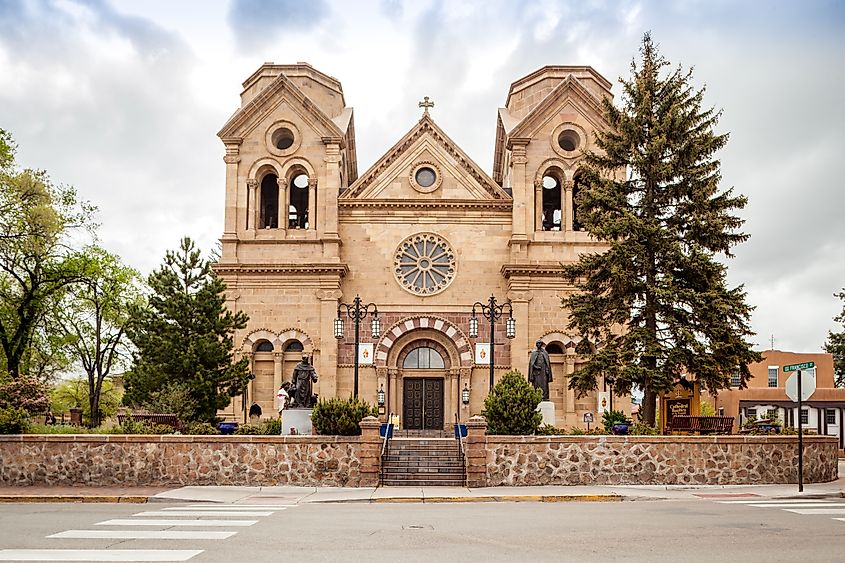
Santa Fe is packed with accessible recreation areas in the heart of the city, allowing you to enjoy a shady picnic while taking in the city sights, take a break on a park bench, or view the local flora and fauna. Stop by Cathedral Park next to the stunning Cathedral Basilica of St Francis of Assisi to marvel at the towering church’s Romanesque architecture from a .62-acre grassy oasis by a historic plaza. The church was dedicated in 1887, and plaques around the park tell the history of the building.
It’s also worth wandering over to the Santa Fe Botanical Gardens, a 15-minute drive from Cathedral Park. Located at Museum Hill, in the southeast of the city, these beautiful gardens are divided into three main sections — 3.25 acres of piñon-juniper woodland, Orchard Gardens, and an area that showcases native plants known as Ojos y Manos: Eyes and Hands. Some of the Garden’s most interesting features include an Art Trail lined with unique sculptures, the Kearny’s Gap Bridge, which was built in 1913, and La Rambla Meadow Garden, which is nourished by a rock spring and blooms with vibrant wildflowers.
Hiking and Walking Trails
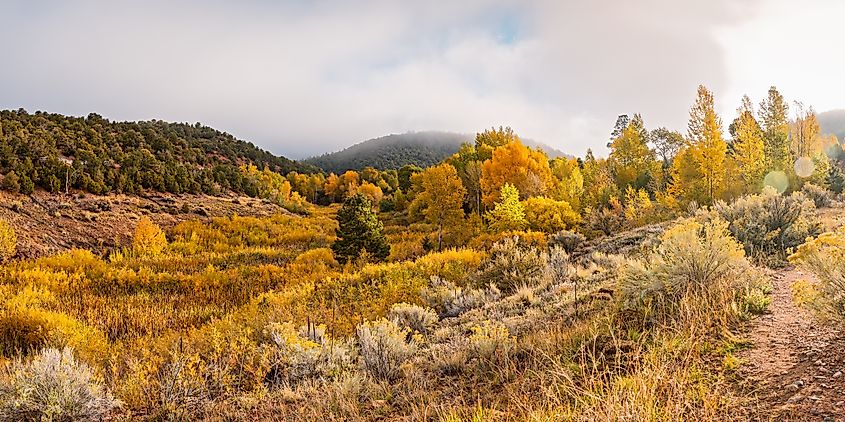
The foothills of the Sangre de Cristo Mountains provide a stunning backdrop to the many hiking and walking trails around Santa Fe. There are over 60 miles of trails to explore here, many of which travel through aspen, ponderosa, and piñon-juniper forests. You may catch a glimpse of some local wildlife too, jackrabbits, owls, coyotes, bobcats, and deer are all known to frequent these hills.
Just two miles from downtown, you’ll find the Dale Ball Trail system, nearly 25 miles of trails with breathtaking panoramic views over the Rio Grande Valley. The 1.7 mile Little Tesuque Creek Trail connects with trails in the 1.6 million-acre Santa Fe National Forest if you want to explore further. If you aren’t in the mood for a long trek, take the mile long Meadow Loop Trails and Bear Canyon Trail near the Randall Davey Audubon Center & Sanctuary which is a popular stop for birdwatchers.
Also on the outskirts of town is the Arroyo Hondo Open Space, which offers three miles of hiking and mountain biking trails with views of the Galisteo Basin, Cerrillos Hills, and the Ortiz Mountains. You can also explore the 25 miles of the La Tierra Trails system which boasts beautiful views from the 2.7 mile Ridgetop Loop, a moderate route for experienced hikers.
Water-Based Activities
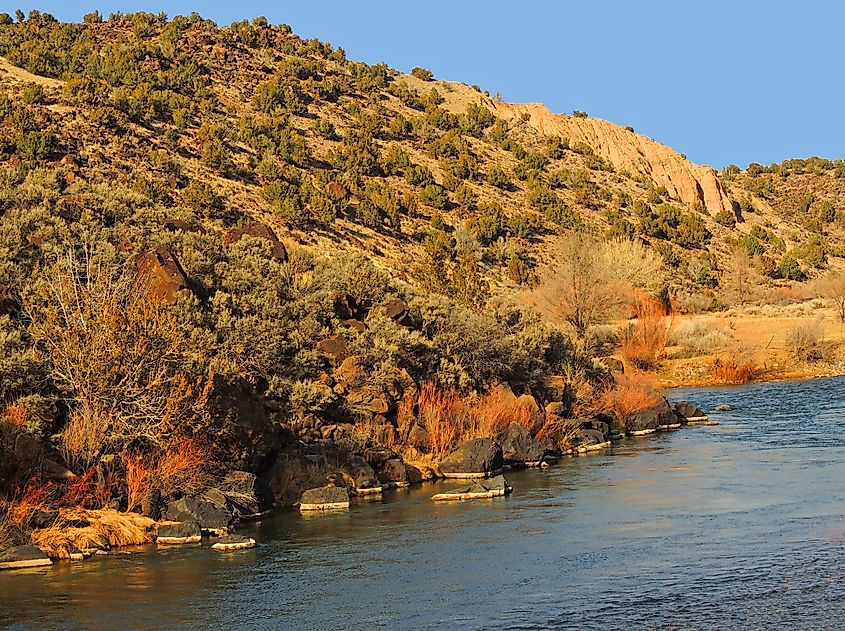
Thrill-seekers and adrenaline junkies will love the rushing rivers around Santa Fe. Take on the legendary Rio Grande with a rafting trip led by the experts at Big River Raft Trips, which offer excursions on the class 3 whitewater rapids. If that sounds a little too adventurous, book a scenic float down the Rio Grande Gorge.
More experienced rafters may want to test their skills on the Taos Box class 4 rapids deep in the pristine canyons of the Rio Grande. New Mexico River Adventures offers a two-day trip through the rapids with a stay at a secluded campground near the Rio Grande Del Norte National Monument.
After riding the rapids, it’s time for a change of pace. Book a fishing trip with one of the many local providers in the Santa Fe area to fish the rivers, grabbing local species including rainbow trout, brown trout, pike or carp.
Wildlife and Bird Watching
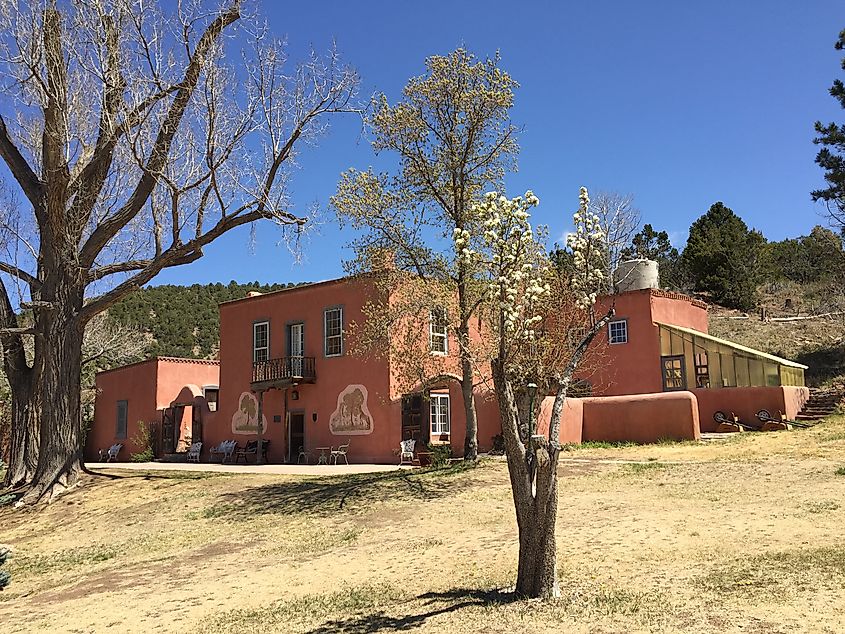
Located just a short drive from Santa Fe, the New Mexico Wildlife Center is a great day out. Here, you can have a meet and greet with hawks, eagles, and owls. The center, which is dedicated to wildlife education and rehabilitation, also has reptiles, a raccoon, and even a friendly bobcat.
Birdwatchers will enjoy a visit to the Randall Davey Audubon Center, a 135-acre sanctuary bordered by the National Forest and home to around 190 species of birds. On Saturdays, you can join a bird walk led by an expert. If you’re wandering solo, you can pick up a bird list and map at the center to see how many you can find on the trails. Look out for Golden Eagles, Prairie Falcons, Black-Chinned Hummingbirds, Ladder-backed Woodpeckers, and other unusual feathered friends.
The Unique New Mexico Landscape
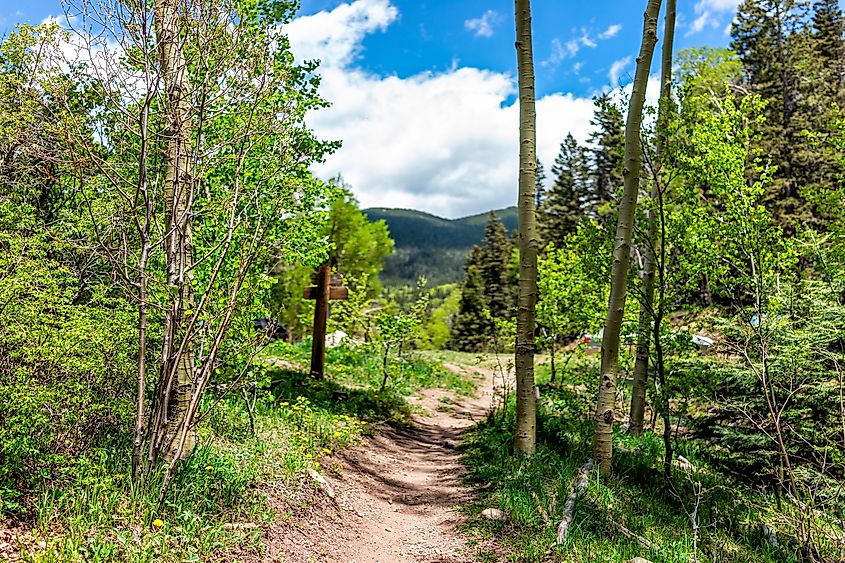
The high desert ecology of Santa Fe’s surroundings makes it truly unique. Santa Fe lies in the Cerros del Rio Volcanic Field, a landscape formed centuries ago and carved out by the Rio Grande, causing the area’s iconic canyons, slopes, and valleys.
The city is bordered by the Santa Fe National Forest which encompasses 1.6 million acres of mesas, mountains, gorges, and valleys from 5,000 to 13,000 feet in elevation. Most of these can be seen from the 15 mile Santa Fe National Forest Scenic Byway which runs from downtown Santa Fe to Ski Santa Fe Basin.
A Blend of Nature and Urbanisation
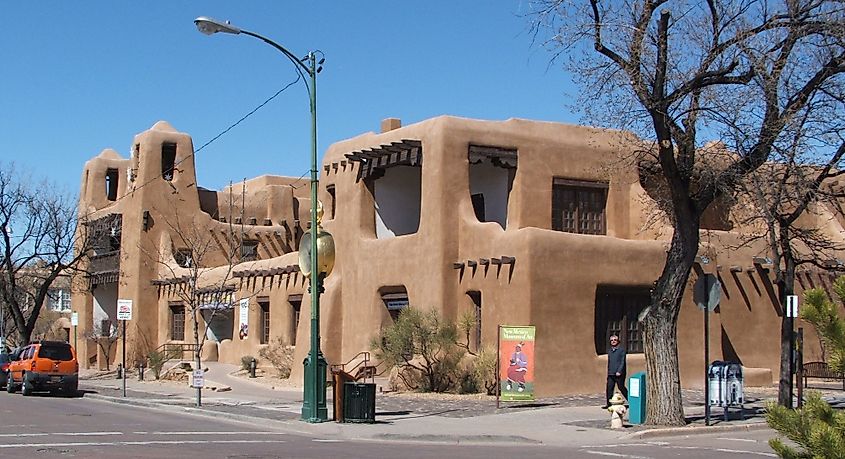
Santa Fe combines the best of both worlds - a dynamic city break with a restorative retreat in nature. Tree-lined streets open onto quaint plazas, and 18th-century architecture overlooks green spaces, seamlessly blending the urban environment with the natural.
The city is highly accessible, with its historic downtown packed into the walkable core at the heart of the town. You can see the Santa Fe Plaza, Palace of the Governor’s, New Mexico History Museum, New Mexico Museum of Art, and Cathedral Park, all within a six-block radius. Take the Old Santa Fe Trail to head south out of town, past the State Capitol, and towards Museum Hill.
The city has also taken steps to become bike-friendly, with a series of bikeways around town for those who want to see the sights on two wheels. There are family-friendly loops in the southeast and northwest of the city, mostly flat and scenic. You can pick up a map of these bikeways at the City Hall or Santa Fe Visitor Information Center.
Travel Tips for Visiting Santa Fe
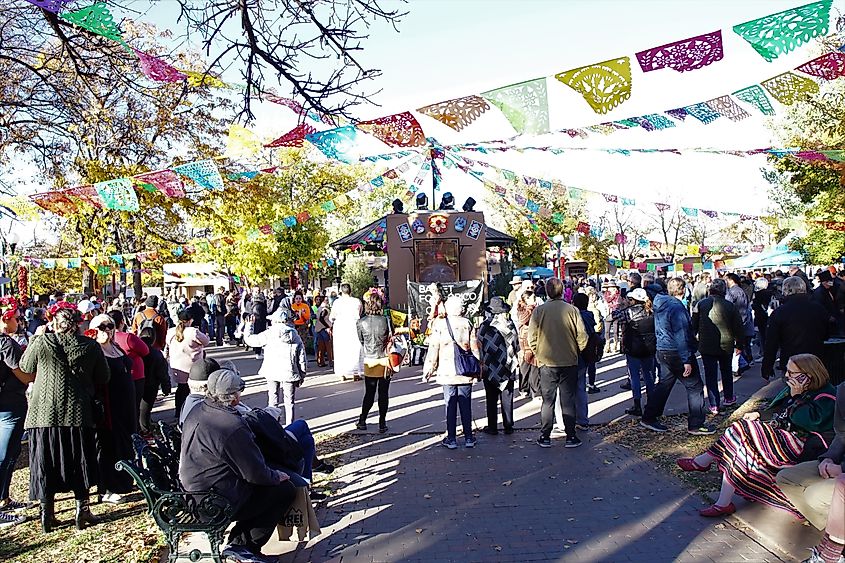
Santa Fe is a year round destination with four distinct seasons. In summer, temperatures can reach up to 90°F so come prepared with lots of water and sunscreen. Especially if you’re hiking — Santa Fe is 7,199 feet above sea level. Exercising at this elevation means you’ll need water, a hat, and sunscreen when outdoors. Pace yourself and leave the more challenging excursions until later in your stay to give yourself time to acclimatize.
In winter, average highs are in the low 50s. You may see some light snow in the city and more in the mountains, where skiing and snowboarding are popular winter activities. Spring is a great time to go biking; temperatures are comfortably in the 70s, and the landscape explodes into color with cactus flowers blooming in March. The nights can get chilly in the fall, but it’s worth it for the gorgeous fall foliage as the aspen and cottonwood forests glow gold and crimson. The peak time for leaf-peeping is mid to late September.
If you’re looking for a very memorable trip, try to visit 1-2 November. This is when the city celebrates Dia de Muertos with a huge parade on the Santa Fe Plaza. It’s an unforgettable experience, with colorful costumes, traditional music, Mexican cuisine, and candlelight parties once the sun goes down. You’ll see more color and culture if you visit in July for Santa Fe Art Week. This takes place every summer and features local artists displaying their works around downtown.
Whenever you visit, getting around the city is easy, thanks to a reliable public transportation network. If you get tired of wandering around town, use the free bus service, the Santa Fe Pick-Up. This shuttle runs on a regular schedule on weekdays and weekends and stops at designated bus stops around downtown.
Why Nature Lovers Will Fall in Love with Santa Fe
Imagine hiking trails bordered by blooming cactus flowers and lush green forests. Picture yourself standing on the summit of a peak in the Sangre de Cristo Mountains, looking out over centuries-old rocky gorges, rivers, and canyons. Santa Fe is where your nature-related bucket list comes to life — in a daring whitewater rafting thrill ride, peddling a historic biking route, or trekking by the Rio Grande.
The first people to settle in this city were adventurers and explorers, living with the land and sustainably using its native flora and fauna. Present-day Santa Fe has continued that legacy, honoring the Indigenous tribes and those who came after with so many ways to responsibly enjoy the vast and dazzling terrain of the New Mexico wilderness. If you’re looking for a vacation that allows you to connect with the natural world while enjoying all the amenities of a modern, vibrant city, consider getting away to Santa Fe.











